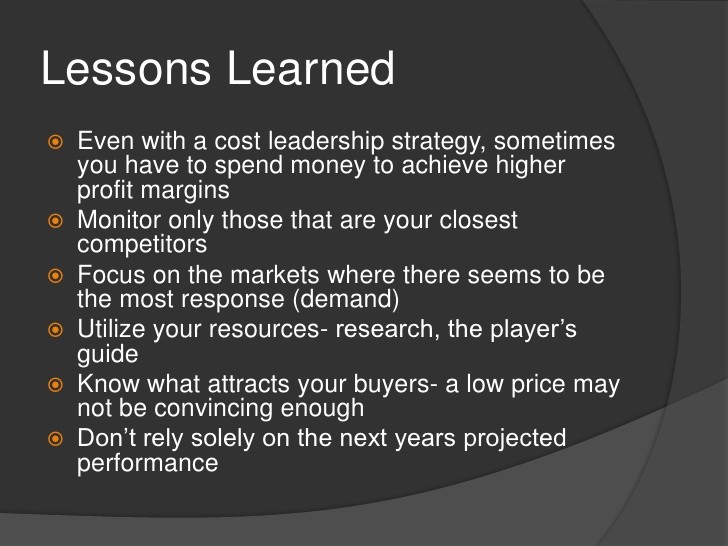6 Strategies for Presenting Your Business Plan
Post on: 16 Март, 2015 No Comment

8 Reasons to Update Your Business Plan Right Now
February 3, 2015
In their book Write Your Business Plan , the staff of Entrepreneur Media offer an in-depth understanding of whats essential to any business plan, whats appropriate for your venture, and what it takes to ensure success. In this edited excerpt, the authors explain how to present your plan to investors or other individuals after youve completed it.
It doesnt matter how compelling your business plan is if the reader starts with a negative impression. A shopworn plan reeks of failure from the get-go. Make sure the cosmetics are right: Clean paper, crisp font, clear pictures and a professional (noncolloquial) presentation go a long way toward securing a fair reading or hearing of your business plan.
As always, when preparing your plan, keep your audience in mind. Businesslike is almost always best as a fallback decision on how to make a good first impression. Also ask in advance if the recipient wants a hard copy or an e-copy of your plan. In the digital age, we want to give people what they want.
Once youve prepared your plan for presentation, you need to put it in front of the right people. There are six steps for doing so:
1. Obtain leads and referrals. Find names, addresses and phone numbers of the type of investors you wish to target. Ask people you know for referrals. Network as much as possible.
2. Research your target. Learn as much as possible about how much money people have to invest, industries theyre interested in and other requirements. Search venture capital directories, Whos Who. news articles, websites and similar sources.
3. Make your pitch. First, email or mail an introductory letter to your target letting them know you have a plan youd like to send. Sending unsolicited, unanticipated business plans with a mere cover letter wont typically get your plan read. Not only are most people too busy to read whatever comes across their desk or lands in their inboxes, they also dont want to be sued someday for stealing your ideas, even if they never read your plan.
A letter of introduction is your way of asking them if theyd be interested in reading your business plan. Within the letter, explain why youve selected them and what you have to offer, in a brief compelling manner.
You should also explain generally what youre looking foran investor, a loan, a long-term supplier relationship or something else. Often this will be obvious from the circumstances. If youve received a personal referral, youll want to include who gave you the referral very early on, probably in the first sentence following the salutation. Never underestimate the power of a personal referral from a friend, colleague or acquaintance. It may not land you an investor, but it gets your foot in the door. When emailing the individual, you might put the referral in the subject line.

In a world of who you know and the power of networking, many of the people youll be sending your plan to will be referred by others. In some cases, you may even have some personal connection to the person other than a referral. For instance, perhaps you once met this individual while networking or worked together at a company or organization.
Finally, in the letter of introduction, you may want to detail the terms under which youre presenting your plan. For instance, you may say that youre not submitting the plan to any other investor. Or you may explicitly point out that youre currently seeking financing from a number of sources, including this one. If theres a deadline for responding to your plan, if you wish to stress that the plan is confidential and must be returned to you, or if youd like to ask the recipient to pass it on to someone else who may be interested, this is the place to do so. Somewhere between sending the introductory letter and sending the planif the person agrees to see itis where you can email a non-disclosure agreement if you plan to include one.
If you dont hear from them within a week or so, send a follow-up email, and try once more about two weeks later (in case they were out of town or swamped with other work). If this doesnt produce a meeting, look elsewhere.
4 . Try to meet people in person. Despite the fact that were living in a text, email and conference-call age, you should still try to meet your recipient face to face, especially if youre seeking any type of funding. Its very hard to get such a commitment through a few texts or by email. Skype may work, but meeting in person for a major financial commitment is best. If they want to keep all communication electronic, then follow their lead.
5. Defuse objections. Although you may think youve answered everything in your plan, you havent. Prepare a list of possible objectionspotential competitors, hard-to-buttress assumptions and the likethat your investor may raise. Then prepare cogent answers. Have friends, co-workers and your team play devils advocate and provide every possible objection or ask tough question, then formulate your answers.
6. Get a commitment. You wont get an investment unless you ask for it. When all objections have been answered, be ready to offer one last concessionIf I give your representative a board seat, can we do this today?and go for the close.














